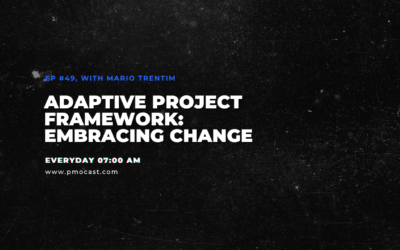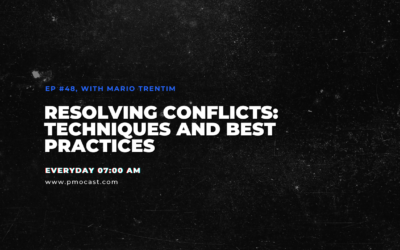Welcome, project management enthusiasts! Today, we’re diving into a topic that forms the cornerstone of every successful project – effective time management. A project without a schedule is like a ship without a rudder – it lacks direction and rarely reaches its destination on time. However, with a keen understanding of project scheduling, you can navigate your project ship to successful completion.
Project Scheduling: A Basic Overview
Project scheduling, at its core, is a process that involves listing tasks, assigning them to team members, and setting start and end dates. It may sound simple, but it’s more akin to a juggling act. You need to strike a balance between task dependencies, resource availability, potential risks, and an array of other factors.
So, how does one create a project schedule?
Step 1: Work Breakdown Structure (WBS)
First, you need to dissect your project into manageable tasks using a Work Breakdown Structure (WBS). A WBS is a tool that breaks down the project into smaller, more manageable components, ensuring that no task is overlooked.
Step 2: Sequencing and Duration Estimation
Once your WBS is in place, the next step is sequencing the tasks, i.e., determining the order in which they should be completed. Simultaneously, you must estimate the duration of each task, factoring in the resources assigned to it. Tools such as Gantt charts or network diagrams can come in handy for this stage.
Managing the Critical Path: A Vital Component
The critical path of a project is a sequence of tasks that directly influence the project’s completion date. It’s the longest stretch of dependent activities and any delay in this sequence will extend the project’s finish date. As a project manager, it’s vital to constantly monitor your critical path and manage it closely. This might be challenging, but witnessing a well-planned project coming together successfully is worth the effort.
Dealing with Delays and Disruptions
Projects rarely go as planned, and delays and disruptions are inevitable. However, an adept project manager knows how to adapt. When faced with a delay, revisit your schedule and re-evaluate task durations. Seek opportunities to crash (shorten task durations) or fast-track (perform tasks in parallel) tasks to accelerate progress. Remember, communication is paramount during these times. Keeping stakeholders informed about the delay and your actions to counteract it builds trust and understanding.
Conclusion: The Game-Changing Art of Project Scheduling
Mastering project scheduling is no small feat. It takes time, practice, and a lot of juggling. But once you’ve honed this skill, it’s a game-changer, significantly improving your project management capabilities.
If you found this article insightful, consider sharing it with your network using #PMOCastTimeManagement. Effective project management is time well spent, and we’d love to hear about your experiences with project scheduling. Until next time, happy scheduling!
SEO Keywords: project management, time management, project scheduling, work breakdown structure, WBS, critical path, task sequencing, project delays, project disruptions.
Meta Description: Master the essential art of project scheduling with our comprehensive guide. Learn about the work breakdown structure, critical path management, and dealing with project delays to improve your project’s time management.




0 Comments